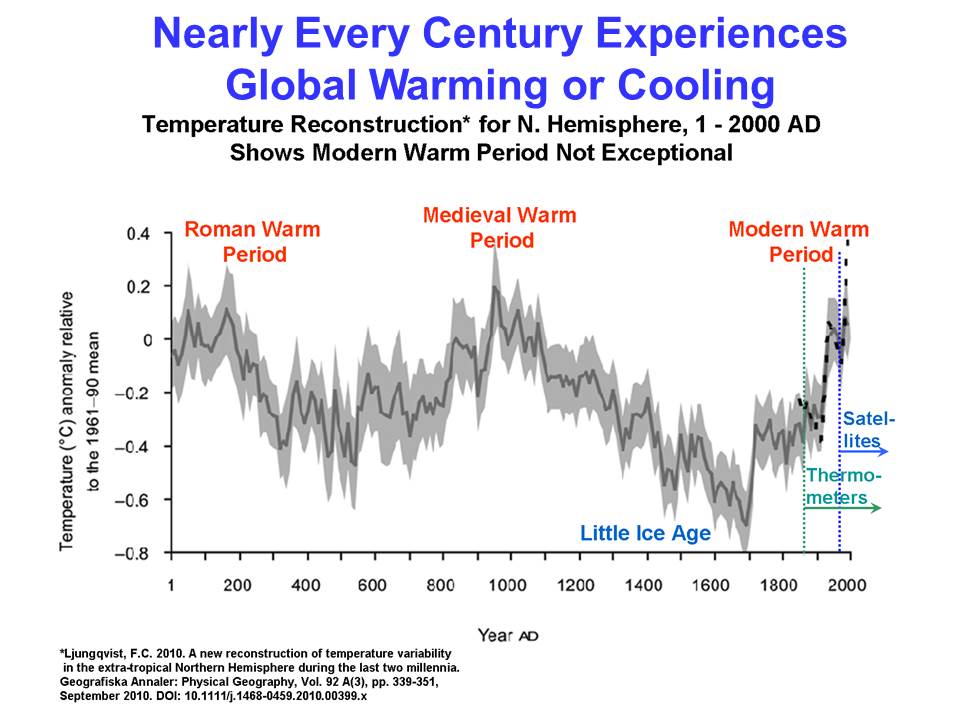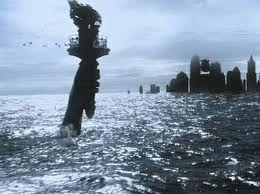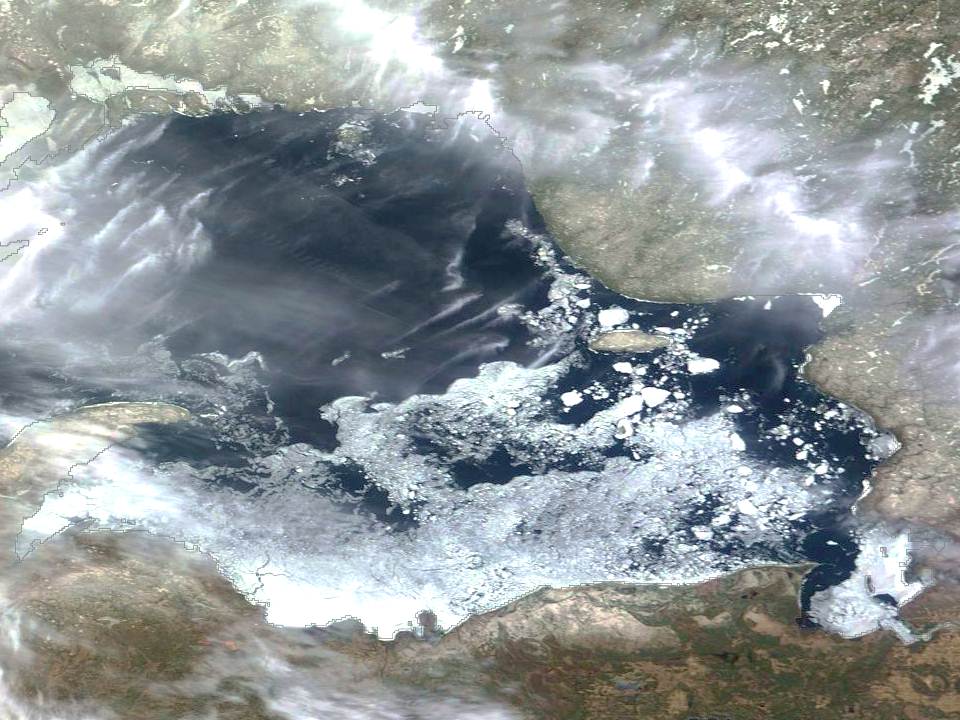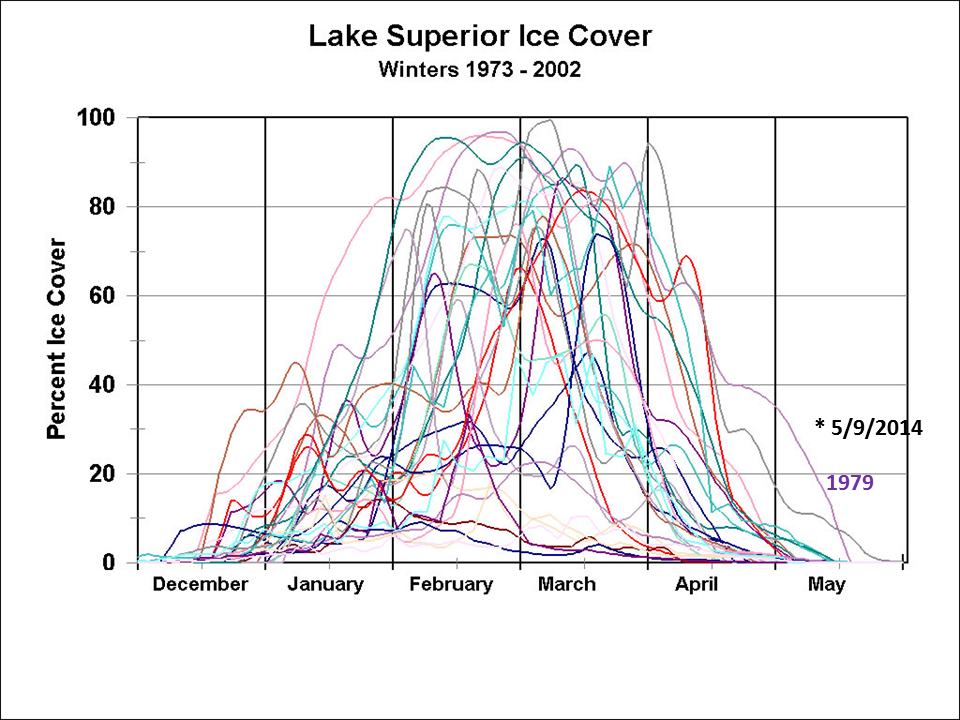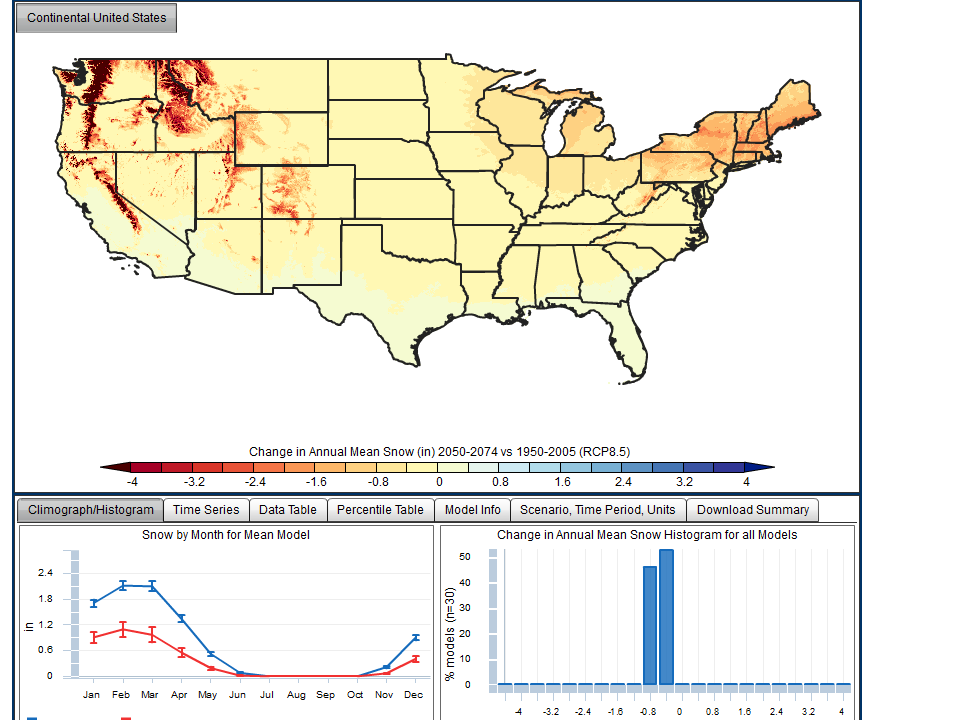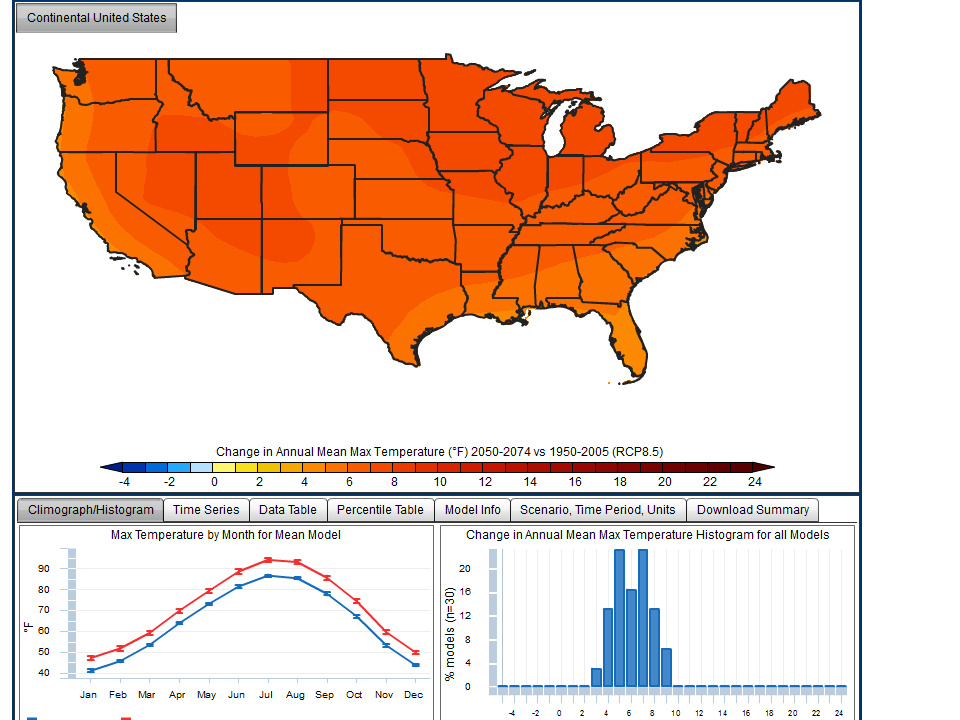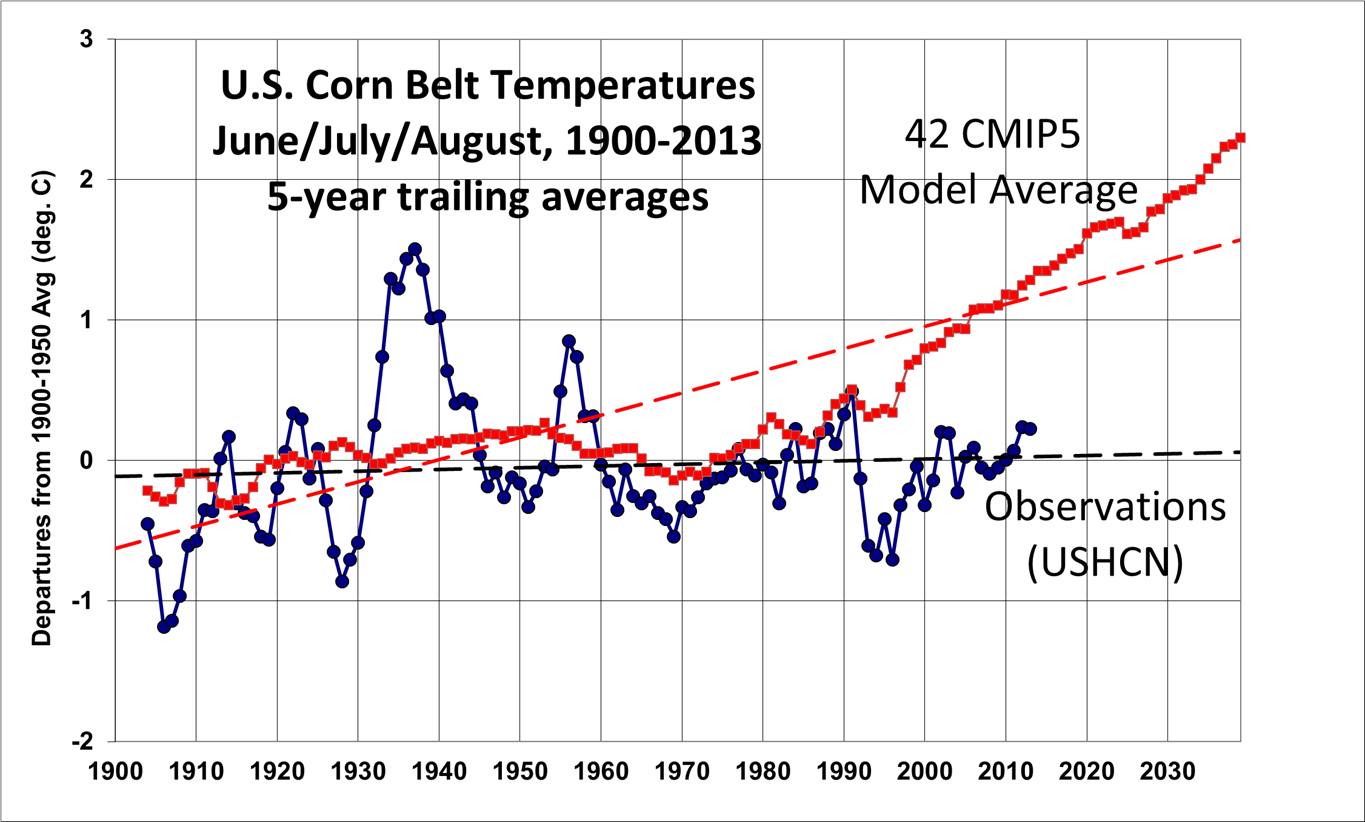My blog traffic has been unexpectedly blowing up with visitors to my post, Solar Roadways Project: A Really Bad Idea.
The comments posted there suggest the Solar Roadways project remains very popular….it has now generated over $1.7 Million in Indiegogo.com crowd funding donations.
Now, I can only ask: Why the hell would any sane person take perfectly good solar collectors and try to embed them in roads and run over them repeatedly with heavy, dirty vehicles?
Do we take airplanes and drive them down roads? We could if we really wanted, I suppose.
I’m not the only one who sees the stupidity of the idea. Here’s a very critical post at ExtremeTech.com, and another at Jalopnik.com. And another at Equities.com.
The question that fascinates me is, why does this idea have such popular support? Here’s my theory.
We all have the experience of driving down, and walking on, roads. They are typically dirty, and hot. They represent sources of both eye pollution and real pollution.
The Solar Freakin’ Roadways project has cleverly suggested, why not replace those dirty awful road surfaces with nice, clean, hi-tech surfaces that do something useful (generate electricity)? Look how pretty it would be!:
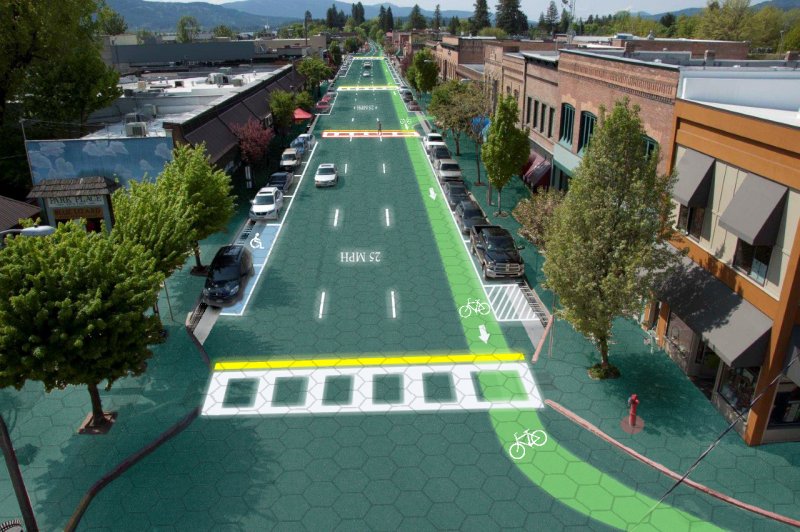
I know I’ve wondered about all of that solar energy collected by the road, generating all that heat. But I also know that a solar heated surface does not mean you can generate much electricity. Solar domestic hot waters systems are over 90% efficient, but solar PV electricity generation is more like 15% efficient.
As discussed here, solar panels and roads that you drive on are two things that are very incompatible. There is no good reason to mix them. In fact there are many reasons to NOT mix them.
Nevertheless, the Department of Transportation awarded almost $1 million in Phase I and Phase II SBIR contracts to study the idea. Of course, we all know the government is careful about what it gives money away for, right? (I used to review SBIR proposals submitted to NASA. I wouldn’t have recommended this for funding.)
At the end of the SBIR Phase II, there is supposed to be a solar parking lot completed…which is big enough to park 4 cars on. Cars which would shade the parking lot from collecting solar energy. A parking lot which you can’t tilt toward the sun to collect more energy, as is usually done with solar panels. For close to $1 million.
Sorry, folks, but solar-based electricity is far from free. In fact, it’s very expensive, even under optimum collecting conditions. Even with subsidies and higher rates forced on consumers, less than 1 kWh of every 500 kWh generated in the U.S. comes from solar. You can have quite a bit more than that 0.2%…if you want to pay extra. After we went one week without power following the 2011 Alabama tornado outbreak, I looked into building my own system with cheap China-made collectors. I finally decided that it wasn’t worth several thousand dollars to collect enough energy to power only a refrigerator and a couple of light bulbs.
I encourage you to read the problems other people see with the idea, posted above. I agree we need to be investigating alternative sources of energy, but I can confidently predict this is an idea that is going nowhere. And as long as we keep spending money on stupid ideas, it takes that money away from funding more deserving ideas.

 Home/Blog
Home/Blog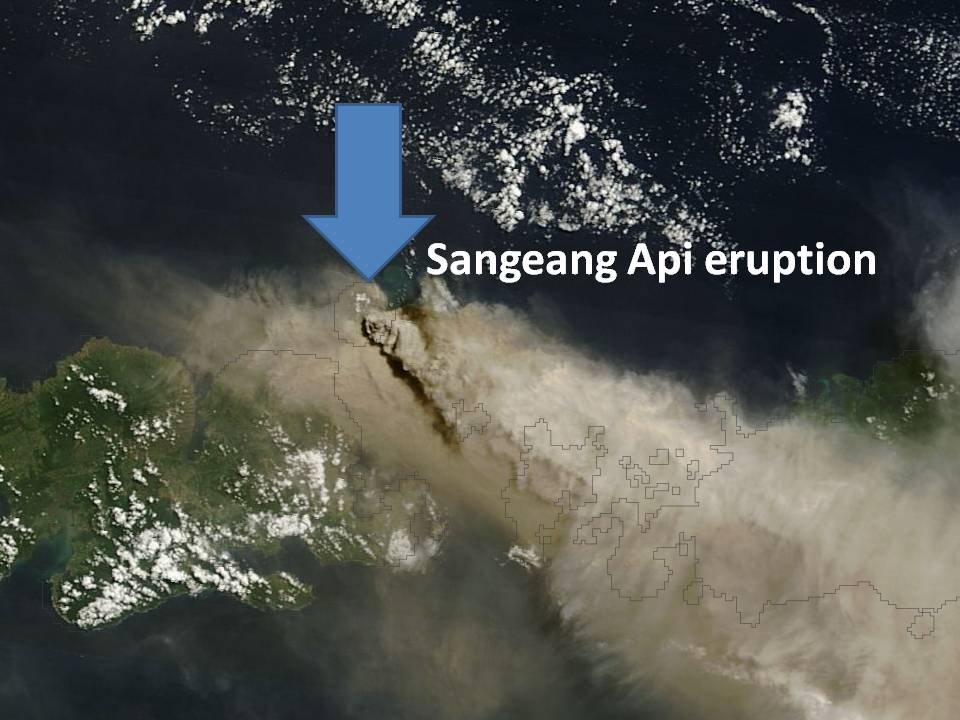
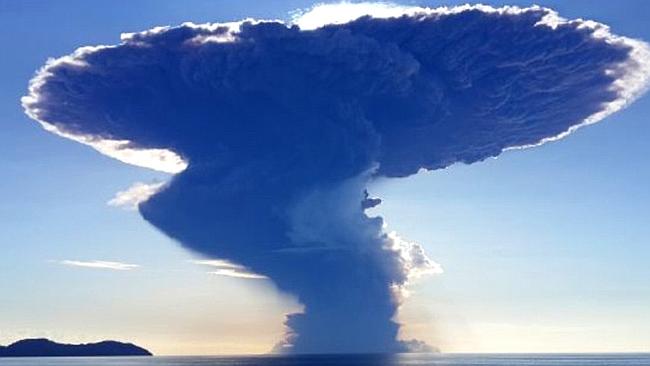
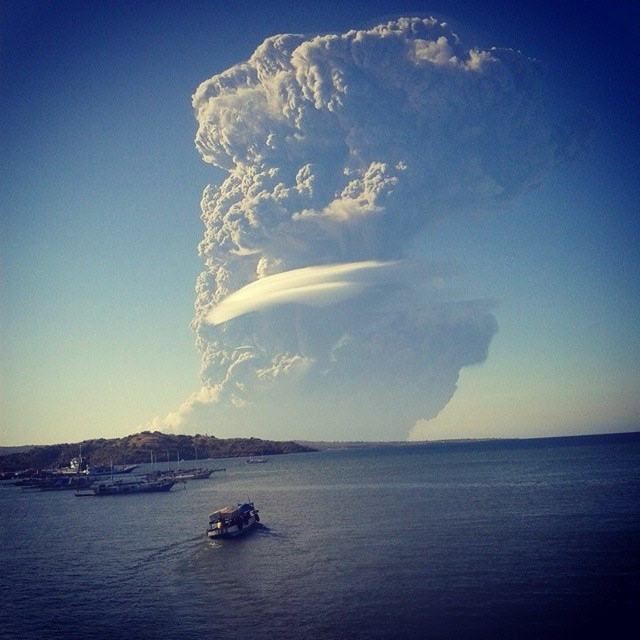
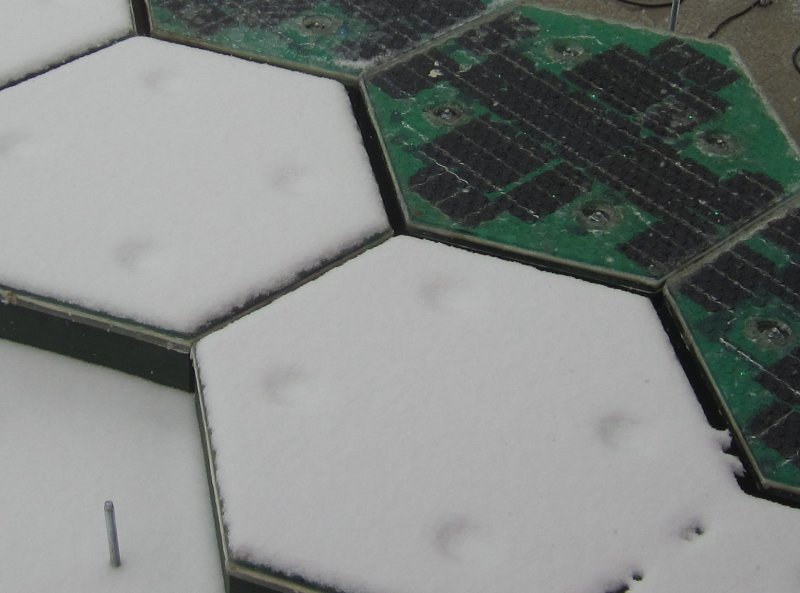
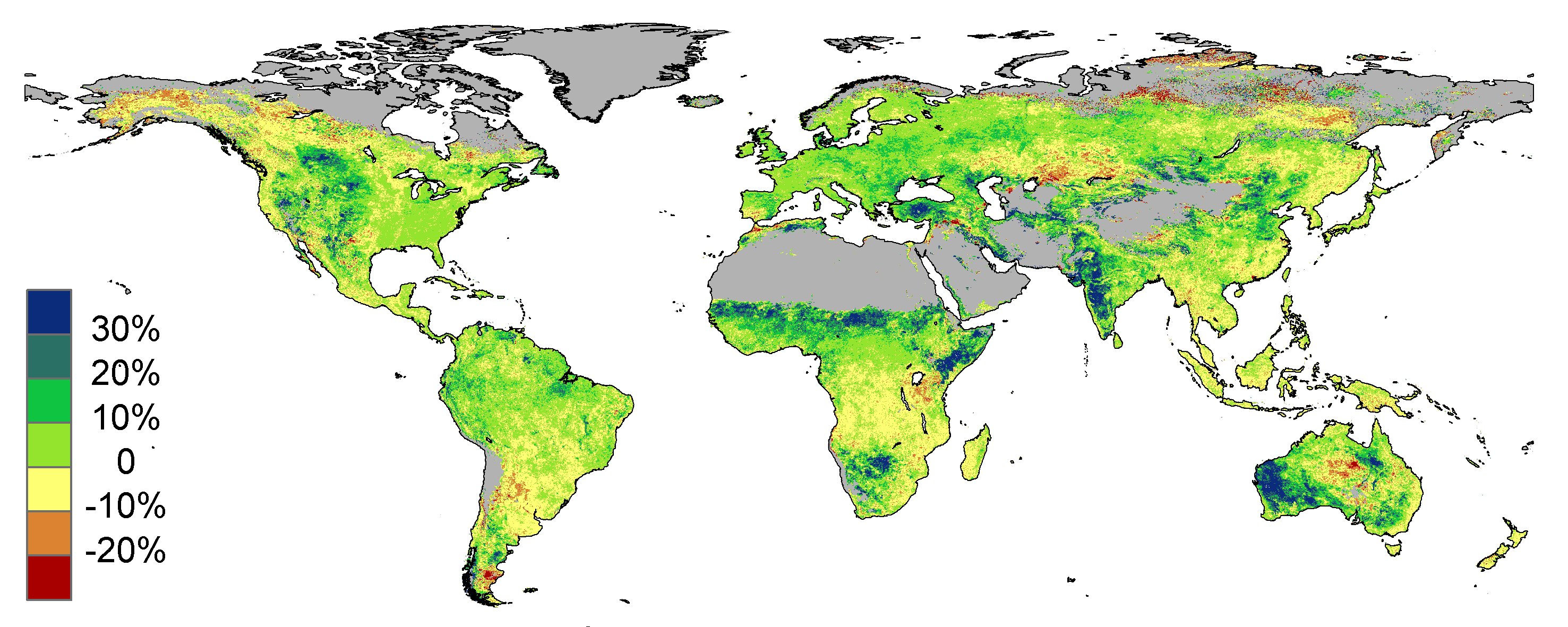
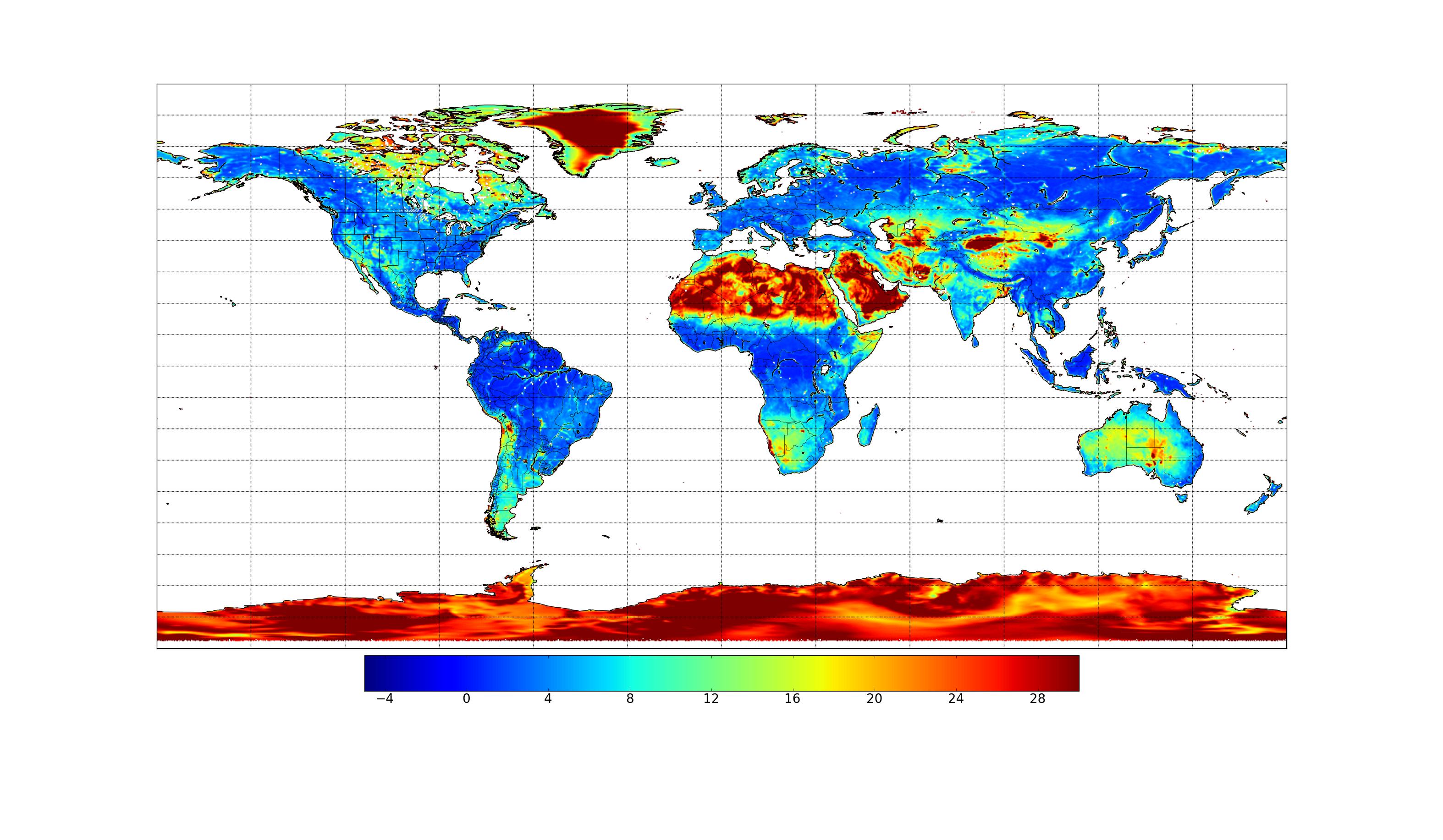
![26-year trends in 37 GHz [V-H] (deg. C per year) for the period 1987-2013.](https://www.drroyspencer.com/wp-content/uploads/trend_big.jpg)
